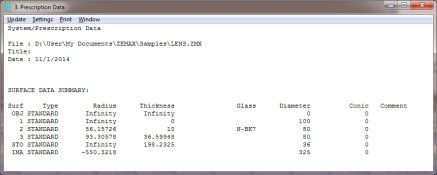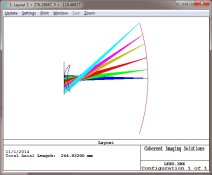Sune Posselt
Member
- Joined
- Oct 22, 2014
- Messages
- 3
- Format
- 35mm
Hi Apug, this is my first post here, so I hope I'm posting in the right forum.
I was looking at pinhole panoramas, using a cylindrical film plane. Very cool stuff, but obviously suffering from severe edge distortion. So I was wondering what would happen if you had a hypothetical hemispherical film plane? Practical issues aside, wouldn't you have a perfect, distortion free, three dimensional representation of the scene?
That got me thinking, can you add a lens to increase light gathering? The pinhole I'm pretty sure would work, but when you add optics it gets over my head. What kind of lens (simple or compound) would work for this?
I was looking at pinhole panoramas, using a cylindrical film plane. Very cool stuff, but obviously suffering from severe edge distortion. So I was wondering what would happen if you had a hypothetical hemispherical film plane? Practical issues aside, wouldn't you have a perfect, distortion free, three dimensional representation of the scene?
That got me thinking, can you add a lens to increase light gathering? The pinhole I'm pretty sure would work, but when you add optics it gets over my head. What kind of lens (simple or compound) would work for this?




